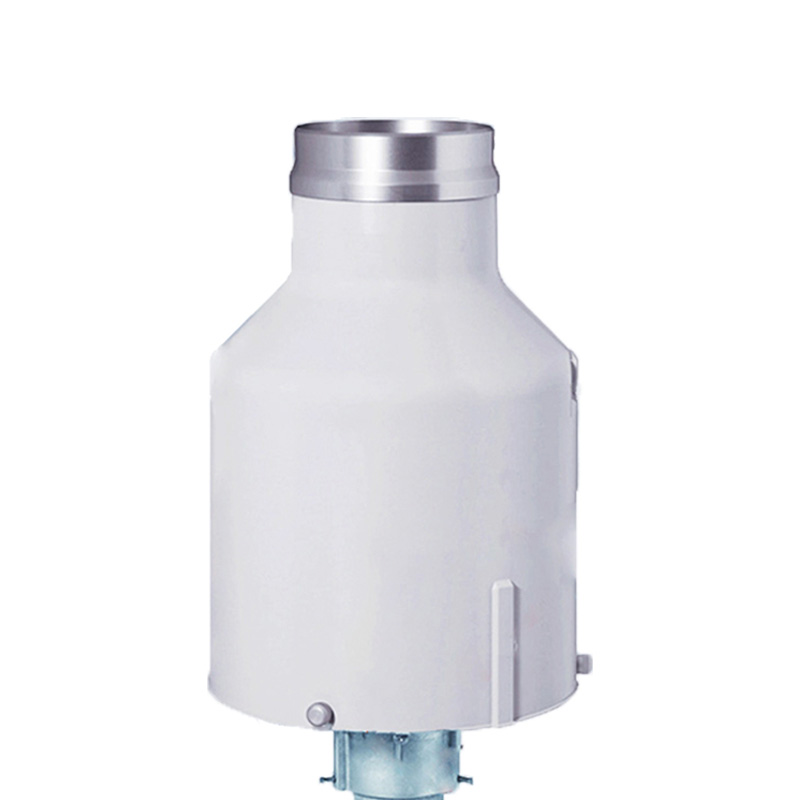Meteorological environment monitoring equipment supplier
Insist on doing high-precision customer favorite technology products

Weighing Rain Gauge complies with WMO 306 No.8 rainfall measurement standard
Weighing Rain Gauge uses high-precision weighing sensor as a load measuring component and uses weighing method to measure all types of precipitation.
Not affected by external climate
Gravimetric measurement
Can measure any solid/liquid and mixed precipitation
No mechanical devices, no maintenance issues of tipping bucket rain gauges
Measure any type of rainfall
Data can be collected throughout the year
Easy to install, maintenance-free
Lifetime calibration weighing system, no need for regular calibration
Especially suitable for heavy rain/snow measurements
Real-time rainfall intensity range up to 3000mm/h
With built-in heating device, multiple heating modes are optional, and it can work normally even in extreme conditions such as heavy snow and frost
Built-in temperature and wind compensation
Operating temperature range from -40 to 60 degrees
Can be powered by solar energy and can be used for field measurements
Two sizes for humid and arid areas
USB interface for setting, simple and convenient
RS485, SDI12 and pulse output, flexible and versatile
Weighing Rain Gauge Measurement Principle
Pluvio2 uses a high-precision electronic weighing principle to measure precipitation. The high-precision weight sensor can measure the rainfall intensity at the same time, and the internal electronic balance system
It can also measure the evaporation of rainwater with high precision. It can be equipped with an inverted siphon automatic drainage system and a heating device, which is not affected by external weather changes. Low power consumption intelligent transmission
It can work normally with solar power or 12V battery.
In winter, antifreeze can be added to the rain gauge to measure snowfall. The snow will melt directly in the rain gauge without accumulating or freezing.
The instrument has built-in wind compensation and precipitation detection functions, and can be used normally even in strong wind areas. There are also wind shield accessories that can better adapt to windy and sandy areas such as the northwest.
Weighing Rain Gauge Application Range
Typical rain gauge station
Heavy rain areas
Snowfall monitoring technical indicators
conventional
Measuring method: weighing method
Measurement type: solid, liquid and solid-liquid mixed precipitation
Rainwater collection area: 200/400cm2
Capacity: 1500/750mm
Collection interval: 1~60mins
Measurement data
Real-time precipitation intensity (mm/h )
Real-time cumulative precipitation (mm), non-real-time cumulative precipitation (mm)*
Total accumulated precipitation (mm)*
Real-time sampling barrel capacity (mm), non-real-time sampling barrel capacity (mm)
Pressure sensing element temperature, heating status
Sampling bucket range and precision
Precipitation intensity: 0 to 3000 mm/h
Real-time/non-real-time cumulative precipitation: 20…1800mm
Resolution: 0.01 mm, 0.01 mm/h
Accuracy: ± 0.1 mm or ± 0.2% whichever is greater
electric
Supply voltage: 12 to 28 VDC
Power: ≤ 110mW (non-heating state)
Ring heating options: 50/100W@24VDC
Size: Height 677-752 mm / Diameter 450 mm
Weight: 16-16.6 kg (empty barrel)
Material: stainless steel shell, aluminum, polyethylene sampling barrel
Heating mode: unlimited continuous heating mode, based on
The heating mode with controllable timing of rain events, based on
Heating mode based on temperature threshold, US based on time control
NWS Standard Heating Mode
interface
USB port: used to set up the instrument
Output interface: SDI-12, RS485, pulse output
environment
Operating temperature: -40 to +60°C
Storage temperature: -50 to +70°C
Relative humidity: 0 to 100% RH
Protection level: shell IP65-IP63; pressure unit IP68, anti-salt spray